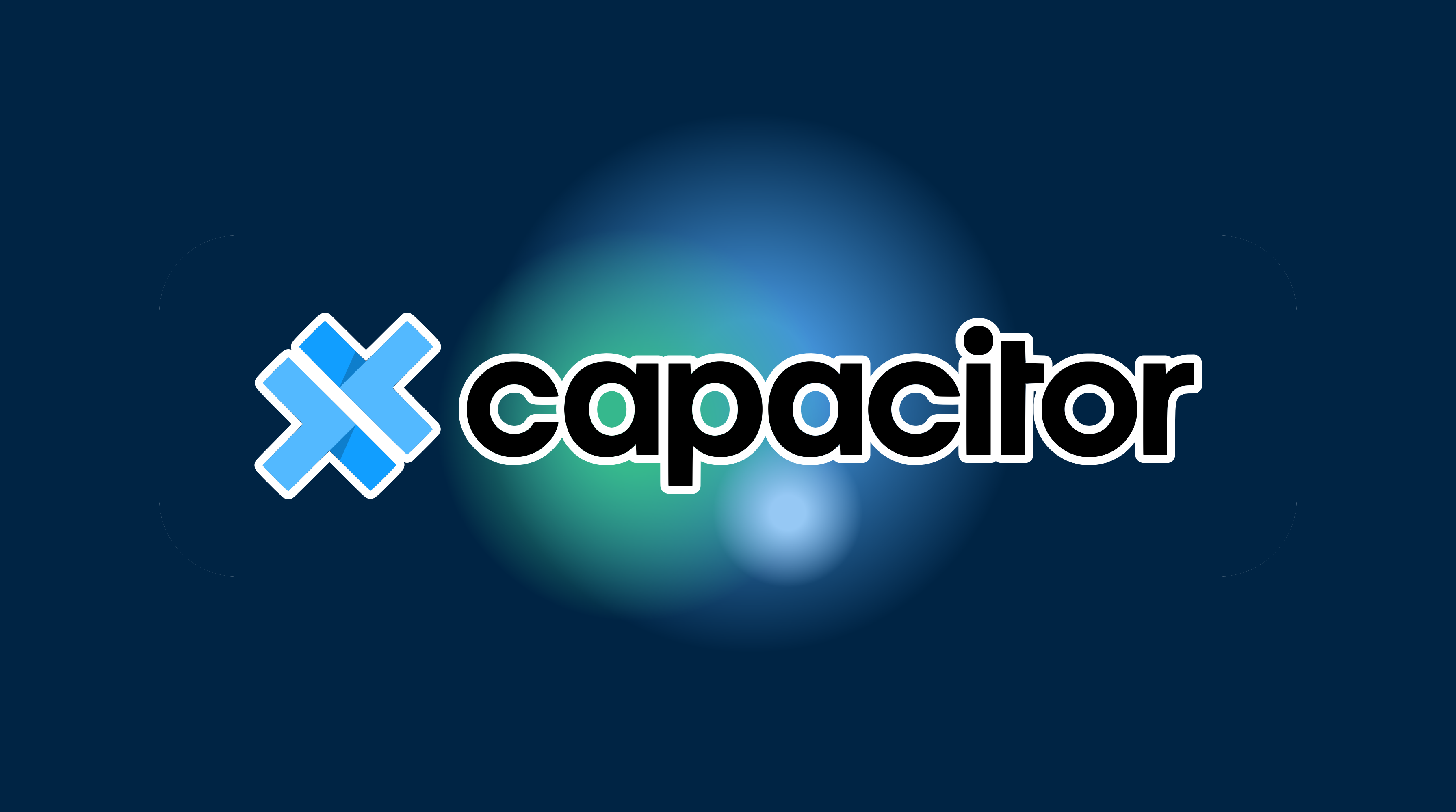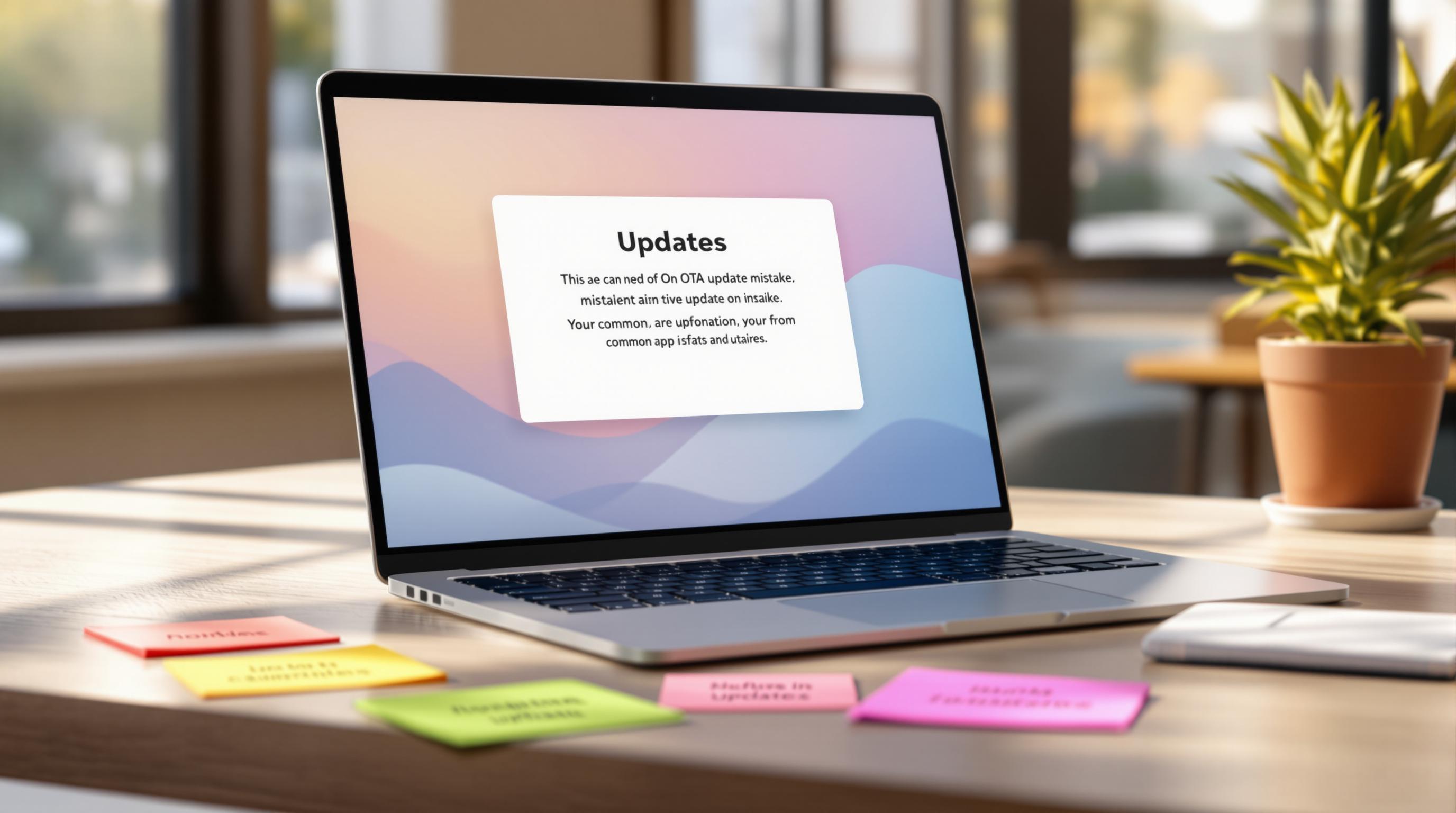Capacitor is a versatile tool that allows web developers to create native iOS, Android, Desktop, and Progressive Web Apps using a single standard web codebase. Developed by the team behind Ionic, Capacitor has gained significant attention in recent years as developers recognize the potential of web technologies on mobile platforms. In this comprehensive guide, we’ll answer some of the most common questions about Capacitor and explore its capabilities, use cases, and benefits.
What is Capacitor?
Capacitor is a free, open-source (MIT-licensed) platform that enables web developers to build cross-platform apps using standard web technologies that run in modern browsers. It consists of native platform SDKs (iOS and Android), a command-line tool, a plugin API, and pre-made plugins. Capacitor allows your existing web application to run as a native app on each platform, providing hooks into the native platform via JavaScript. These hooks can be built directly into the app or as standalone plugins for reuse and distribution.
What can you build with Capacitor?
With Capacitor, you can build virtually anything you would create natively or with other cross-platform toolkits. Capacitor apps have full access to the native platform, so most native features can be implemented. However, embedding native UI controls directly into the web app view hierarchy can be challenging and is not yet available as an abstracted technique for others to use.
Who is Capacitor for?
Capacitor targets web developers with HTML, CSS, and JavaScript backgrounds. If you build web or desktop apps (using Electron or similar tools), Capacitor is your solution for creating cross-platform apps with a focus on mobile.
When should a team choose Capacitor?
Teams should consider Capacitor when they want to leverage their web development skills and existing web investments to deploy native platform apps. Capacitor is ideal for data-driven apps, consumer apps, B2B/E apps, and enterprise apps. It’s especially suitable for enterprise apps, as Ionic, the company behind Capacitor, offers dedicated enterprise support and features.
Can I reuse existing web code and share new code with a web app?
Yes! Capacitor runs standard web apps natively, allowing teams to have a single codebase for web and mobile or reuse parts of their web app, such as components, logic, or specific experiences.
What is Capacitor good at? What are its limitations?
Capacitor excels at running standard web apps as native mobile apps and extending web apps with native functionality. It’s ideal for teams proficient in web development or with significant web investments. Capacitor may not be the best choice for 3D/2D or graphically-intensive apps, although it does support WebGL. Apps that require extensive communication between the web app and the native layer may find the Capacitor communication bridge adds overhead due to serialization. However, Capacitor apps can always run custom native code when needed.
Can I mix Native UI controls with Capacitor?
Yes, you can display native UI controls outside the Capacitor Web View, such as modals or parent-level navigation containers. Embedding native controls into the web view experience is possible but not yet available as a technique for others to use.
How are Capacitor and Electron different?
Capacitor is often described as “Electron for mobile” because it serves as a mobile-focused counterpart to Electron. However, Capacitor can target Electron as a deployment platform, as it is a higher-level abstraction. If you only need to target desktop platforms, Electron is sufficient. But if you want to build cross-platform apps for mobile, web, and desktop, Capacitor supports Electron and other platforms.
How are Capacitor and Ionic different?
Ionic is the company that creates Capacitor, Ionic Framework, Stencil, Appflow, and other app development-focused products. Capacitor is the toolkit that handles the native side of the app and communication between the native app and the Web View. It is agnostic of the frameworks and technologies used in the Web View app, including Ionic Framework. Ionic Framework is a mobile UI toolkit that provides powerful UI components for web apps to look and feel native.
Do I need to use Ionic Framework with Capacitor?
No, you can use Capacitor with other UI and CSS frameworks like Tailwind, Material UI, Chakra, Quasar, Framework7, or your own custom components. However, Ionic Framework is still an excellent option for creating native-like experiences with your web app.
What is Ionic’s strategy with Capacitor?
Ionic aims to drive Capacitor adoption, as it leads to increased use of Appflow (their mobile CI/CD service), Ionic Framework, and their enterprise solutions. Capacitor’s growth is by design, as it was created to offer a more frontend-agnostic stack for web developers to build mobile apps.
Can I use Capacitor with React, Next.js, or Remix?
Yes, Capacitor works well with React, Next.js, and Remix. It keeps developers closer to standard React web development than React Native, as most React libraries and add-ons work seamlessly with Capacitor.
How are Capacitor and React Native different?
Capacitor and React Native share similarities in providing tooling and plugin infrastructure for cross-platform development. However, React Native uses a web-like system with JS and React to abstract away platform Native UI controls, while Capacitor provides a Web View for standard web apps. Capacitor is also less complex than React Native, as it doesn’t require managing native UI controls and syncing them with the JS layer.
Is Capacitor faster than React Native?
It depends on the workload. Capacitor can execute JavaScript faster than React Native due to its access to the JIT engine on iOS and Android. However, React Native may be considered “faster” or “more performant” for UI rendering since it uses native UI controls, while Capacitor apps mainly run in a Web View.
How are Capacitor and Flutter different?
Capacitor and Flutter both provide tooling and plugin infrastructure for cross-platform development, but Capacitor uses JavaScript and standard web technology, while Flutter uses Dart and a custom UI and API environment. On the UI side, both Capacitor and Flutter use custom rendering engines, with Flutter drawing its components and Capacitor rendering most UI in a Web View.
Can I embed Capacitor into React Native or traditional native apps to build mobile micro frontends?
Yes, you can use Ionic Portals to embed Capacitor into React Native or traditional native apps built with Swift/Kotlin for a mobile micro frontend approach.
What are my options for high-performance animations in Capacitor?
You can use pre-baked, optimized components from Ionic Framework, Quasar, Framework7 or Konsta UI, or build custom animations using Framer Motion, Lottie, or CSS animations. Just ensure you follow performance best practices when using CSS animations.
How many plugins does Capacitor have?
Capacitor has 26 core plugins and numerous community-built plugins. Check out awesome-capacitor, the capacitor-community organization, and Capawesome for community plugin resources.
Is there a VS Code Extension for Capacitor?
Yes, the Ionic VS Code Extension also serves as a Capacitor extension, offering features like embedded preview, device running, external debugging, project quality linting, security analysis, and more.
Is there enterprise-specific support available?
Yes, Capgo offers Enterprise support and features for Capacitor, including dedicated support, native plugins for live update and authentication, and more.
How do I get started with Capacitor?
Visit the Capacitor documentation and follow the instructions to install Capacitor in your app. If you want to start with an opinionated Capacitor app using Ionic Framework and Angular/React/Vue, follow the Get Started flow on the Ionic Framework site.




